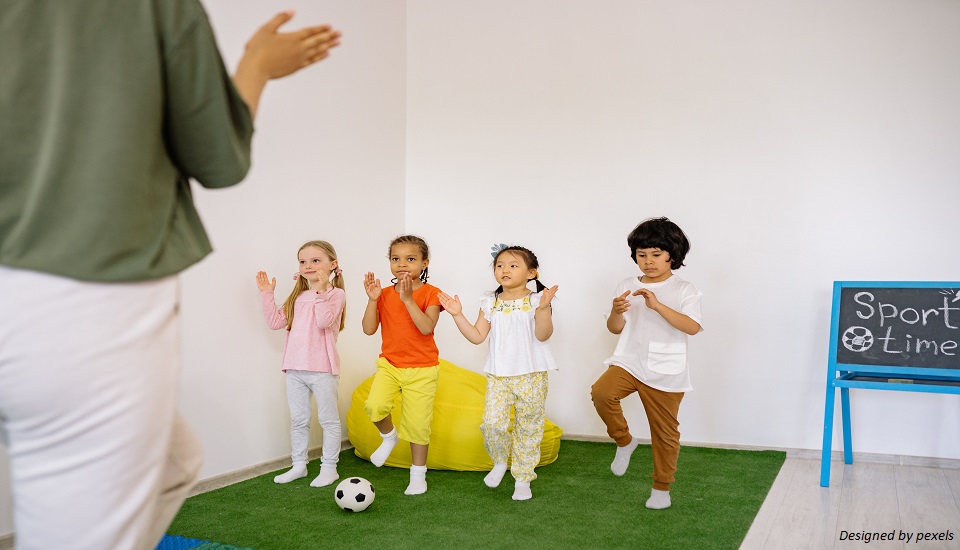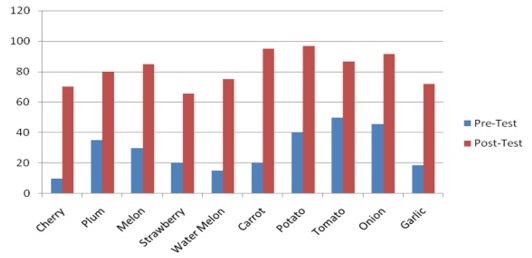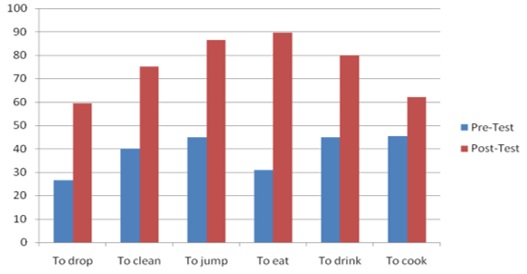
So, you are all set to take on your first day of ESL teaching and your topic is fruits and vegetables. You scout through your resources and bring out a bunch of flashcards or illustrations and get on with your learning spree. This would definitely be your first approach if you have not undergone an internationally accredited TEFL/TESOL course in Kolkata.
However, what if we tell you, you can bring a bunch of fresh fruits and vegetables to teach the same topic? Not only will your students be thrilled and surprised, but you can also allow them to socialize by organizing an inside picnic.
Sounds fun, right? Well, ESL teachers with an initial TEFL certification, then are aware that English learning can be a lot more exciting when you bring realia into the picture. Thus, if you also want to amp up your teaching style, tune in to get some insights.
What Is Realia?
Now that you know using realia can glow up your everyday teaching routine, you might as well want to understand what this word means to execute your lesson plans correctly.
Realia is the usage of real-life objects as props while teaching English in a classroom. TEFL teachers use this method to portray the meaning of a phrase, word, or topic they are teaching for that particular lesson. These props can include anything like food items, soft toys, visual documents, etc.

Simply put, realia are authentic objects that can be both virtual or physical and are specially designed for an ESL classroom. while staying on this topic, new age teachers should also be aware of something called 'virtual realia'. This is nothing but just the digitalized version of real-life objects. Even though it cannot be touched or manipulated by your students, it still feels very real and can be used in an online setting.
When To Use It?
Teachers who have undergone at least 120 hours of TEFL certification know how to teach English without using translation. Realia in an ESL classroom can be For this reason, realia can come in very handy in the following situations.

4 Fun Activities By Using Realia In An ESL Classroom
Now that you have a fair idea about what realia is and when to use them, here are some ways to use them in a classroom.
When you are trying to teach directions, learning becomes much easier with an actual map. There are various maps available to teach ESL learners and you can pick any as per the learner's level and ability. Make a list of spots they need to find and then assist them in following instructions and helping them locate each spot.
You can divide the class into small groups to facilitate collaborative learning and teamwork. This is relatively easy to practice with adult learners and can be used in a virtual setting as well.
Legos can change the entire learning experience for your students. They are not only fun but involve critical thinking and can be heavily competitive when designed correctly. You can use Legos in a lot of different settings to teach vocabulary related to houses, cities, countries and so much more.
These are more convenient in an in-class setting as you get to instruct the learners correctly and are best suited for young learners.
These are a great way to keep those little minds engaged. They can be incorporated on a storytelling day and tend to cover a lot of vocabulary related to the animal kingdom. Students not only learn nouns but ace the verbs game as well by learning words like ruling, hunting, galloping, etc.
They also become familiar with the various animal sounds and take their first step towards onomatopoeia. This can be reserved for young learners but can be tried with adult learners as well in an appropriate setting.
This game can be organized both inside and outside of the classroom and can be used to review a lot of concepts related to nature, classroom objects, stationary, home objects, kitchen items, etc. to design it for beginners, you can ask them to find objects that has the same shape or colors.
For advanced learners, you can ask them to find objects that start with the same alphabet or have the same meaning or something that can be found in the same place. This can also be used in digital classrooms and it will be fun to see students search for objects in their own homes.
Quit Boredom, And Let The Fun Begin!
When using realia in a classroom only sky is the limit. You can use your own imagination and design your lesson plans to pump up those visual and kinesthetic learners and make your classes entertaining. However, if you are not sure how to tackle a class or design age-appropriate lesson plans, consider pursuing an internationally accredited TEFL/TESOL course in Kolkata for better insights.